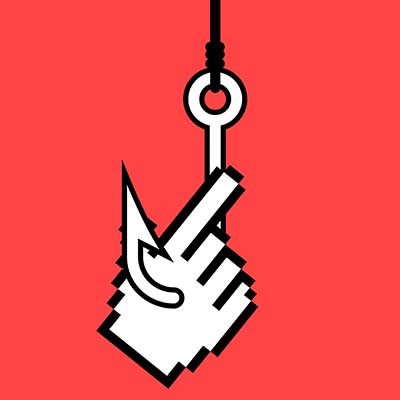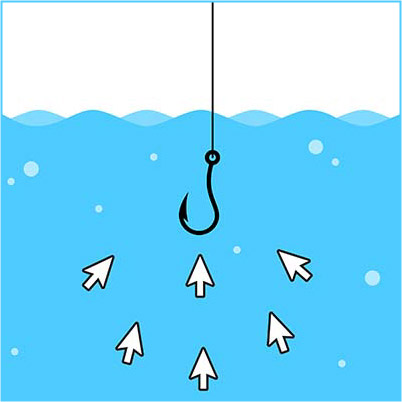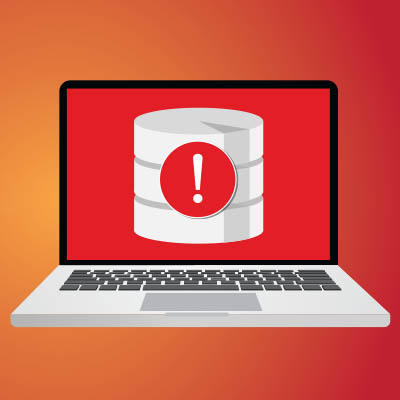Sometimes you might be browsing the Internet and come across an advertisement for free downloads of Windows applications. Obviously, this is too good to be true, and hackers tend to exploit advertisements to spread their influence across devices. Malvertising is used to deliver various types of threats, all of which can cause considerable harm to unprepared businesses.
Certain methods used by hackers are more effective than others, and it’s largely in part due to these methods working around and subverting popular security measures. They might take on the look of a legitimate email or web source, like social media, in an attempt to convince the user that it is indeed a message they can trust. The latest in this type of hacking attack includes Google Docs.
Phishing attacks are nothing new in the business world, and they will almost certainly become more prevalent as time passes. Unfortunately, phishing attacks have adapted their practices to get around advancements in security technology, so businesses must work extra hard to spread awareness of phishing to their employees and train them appropriately.
Hackers and scammers are always trying to turn a profit on businesses just like yours, and you might be surprised by some of their ingenuity. One such way that some hackers choose to make a profit is by twisting the “as a service” business model into something that is particularly dangerous. Even Microsoft has gone on record and called out a particular group of Phishing-as-a-Service providers as a problem.
With every new day comes a new data breach that exposes the personal data of countless people. The most recent in this troubling trend is the LinkedIn data breach, an event that exposed 700 million profiles and led them to be put on sale on a hackers forum. LinkedIn denies the data breach, but how much truth is in this statement? Let’s take a closer look.
Major cyberattacks seem a dime a dozen these days, especially with businesses that might not seem like possible targets. For example, McDonald’s restaurants recently suffered a data breach. Let’s take a look at the situation, how it played out, and what we can learn from it.
Ransomware attacks are nothing new, but when was the last time they made headlines by instigating a gas crisis? A Russia-backed hacking collective called DarkSide targeted Colonial Pipeline, a company responsible for almost 45 percent of the fuel for the Southeastern United States, with a devastating ransomware attack. The attack led to a spike in fuel prices and spotty availability while also showing cracks in the nation’s energy infrastructure, and it has even sparked a renewed interest in cybersecurity.
Cyberattacks are spending less time on their victims’ networks before they are discovered, which sounds like good news, but the reality isn’t so straightforward. Let’s take a few moments and dig into the situation at hand, and what it means for your cybersecurity.
We’ve all seen advertisements for the websites that offer to connect you with the professionals ready to help you with a specialized task around your home, from repair work to childcare to cleaning services. Unfortunately, cybercriminals have adopted a similar tactic to help market their services, leading to the creation of a sort of hackers’ gig economy on the Dark Web.
It’s a bit of a nightmare scenario for a business, born of watching too many crime thrillers: a criminal syndicate hacks into their systems, wreaking havoc and stealing all their data, while also destroying that company’s reputation. Is this scenario a fantasy? To a point, yes—but not so much as you might think.










